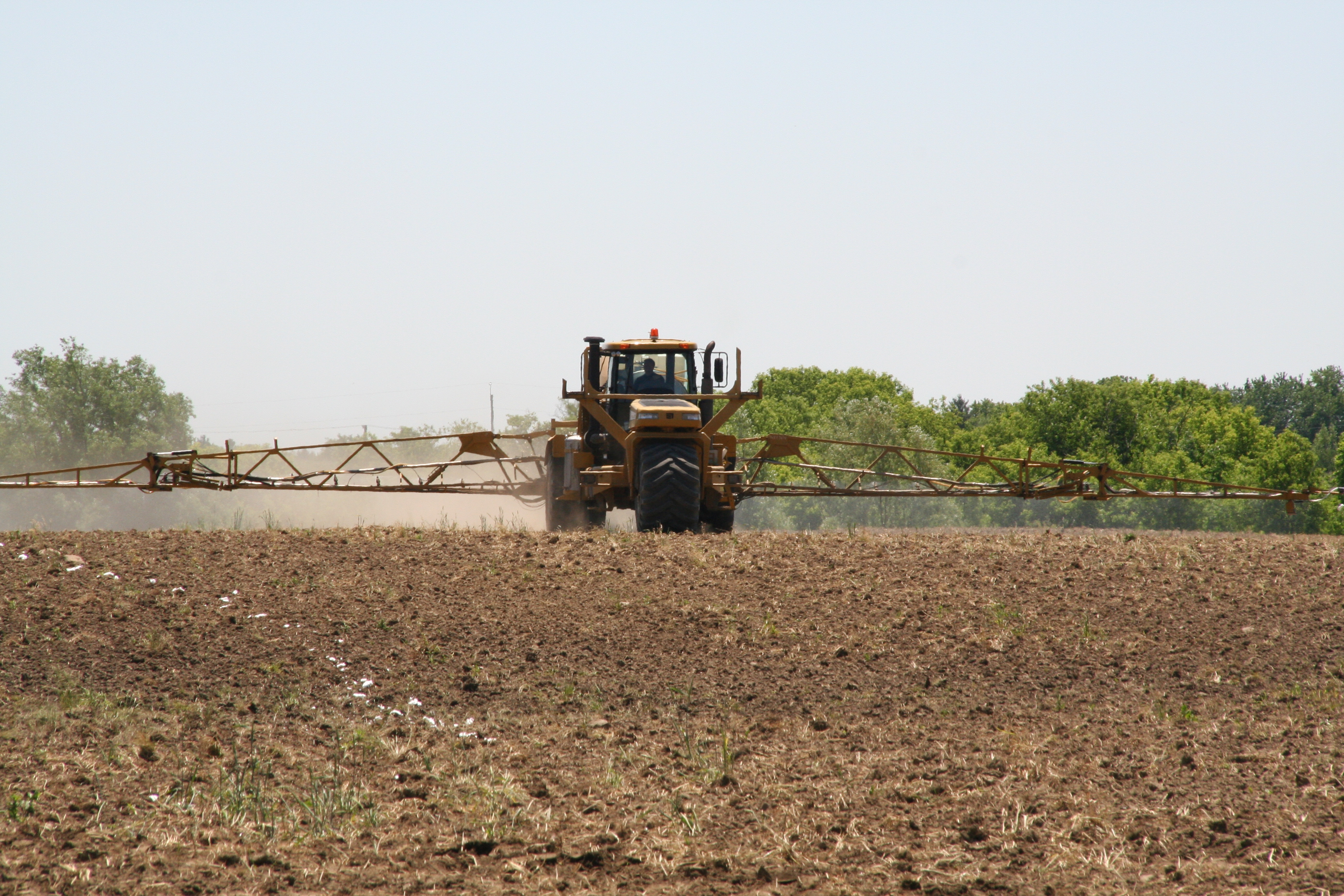On Friday, the USDA recommended the approval of new, herbicide-resistant, genetically engineered corn and soybeans. A lot of the journalism covering this news focused on concerns that it would be an environmental catastrophe, and dwelled on the ominous-sounding fact that the herbicide in question, 2,4-D, was an ingredient in the Vietnam War defoliant Agent Orange. Here’s what you should know about this news:
What really happened?
Not that much actually. The USDA just put out an initial draft of its environmental impact statement on the corn and soybeans, which are engineered by Dow AgroSciences and branded under the name Enlist. At the same time, the Environmental Protection Agency is assessing the environmental effects of the newly formulated herbicide, Enlist Duo, that goes with Enlist. Both agencies would have to give their approval before this goes anywhere.
So, environmental catastrophe?
It’s more like a tradeoff. If Enlist is approved it would mean farmers would end up spraying a lot more herbicide, but fewer farmers would “adopt aggressive tillage strategies,” according to the USDA assessment. Aggressive tilling releases a lot of greenhouse gas and leads to topsoil erosion and water pollution. On the other hand, we are already looking at a 75 percent increase in the use of 2,4-D in U.S. agriculture by 2020 even if Enlist flunks the regulatory process. If the government approves Enlist, we can expect that “2,4-D use will further increase by another two fold to six fold,” according to the USDA. Ugh.
Is this going to lead to more herbicide-resistant weeds?
Unclear. 2,4-D-resistant weeds are already out there. Maybe with Enlist farmers would change up their weed management practices more often, which might slow the spread. But if farmers use it recklessly, it could have the opposite effect. The USDA punts on this question, writing that it “depends on management practices” and “cannot be predicted.” OK, but: Hey USDA, aren’t you in a key position to regulate and promote good management practices right now?
Was 2,4-D really in Agent Orange?
Yup. But it wasn’t the really nasty dioxin stuff in Agent Orange. And this association with a tool of war has prompted a lot of study of 2,4-D, so we know more about it than many other pesticides. Check this out for details on toxicity.
Takeaway?
We’ve got to figure out a better way of doing conservation tillage rather than just relying on more and more herbicides. It would be nice if the government could use its regulatory authority to promote big-picture solutions. But in this case, the USDA is firmly focused on the small-picture tradeoff between tilling and herbicide. And in that small picture, it has determined that tilling is more harmful.



